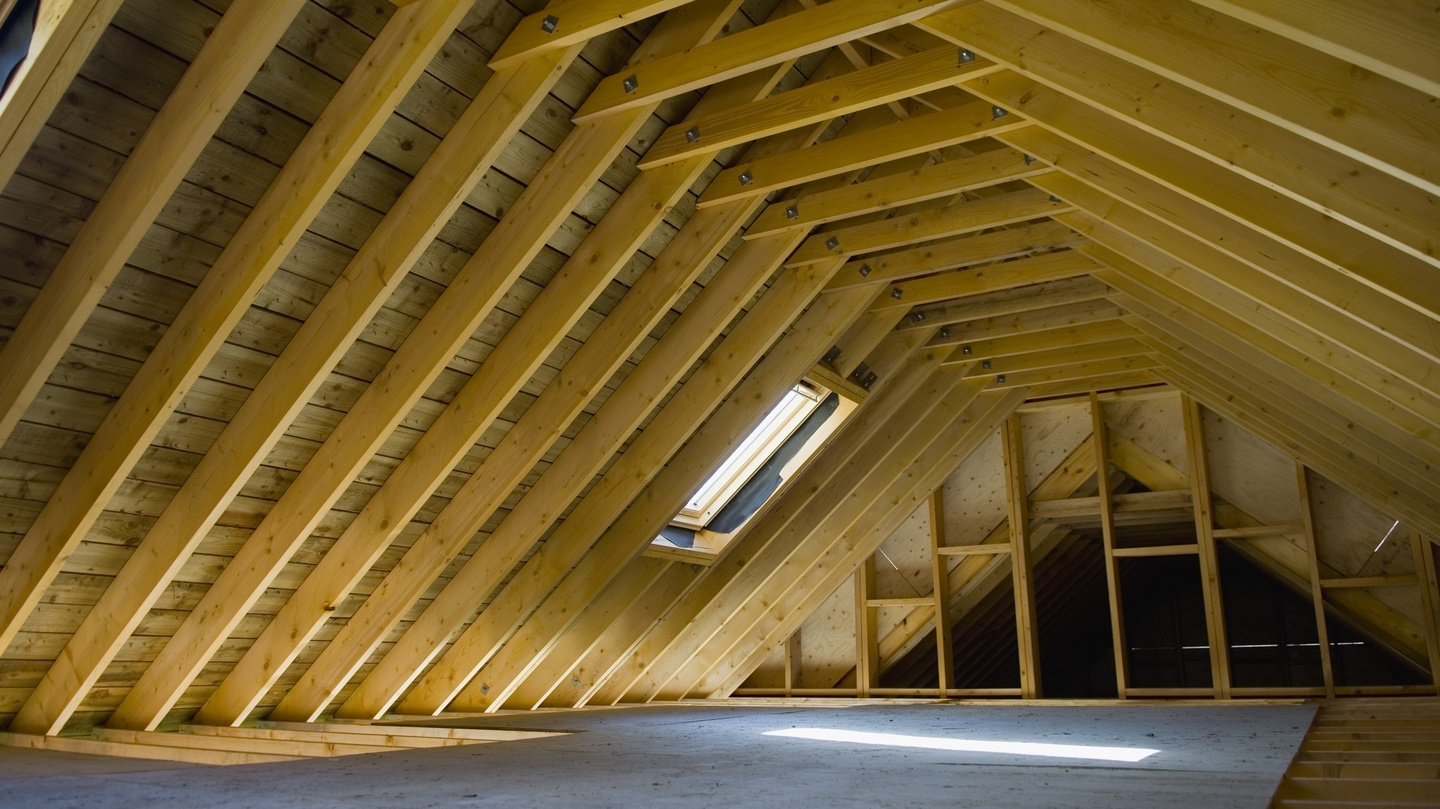An attic conversion is an important part of every home remodeling project. In this article, you will learn about five ways to plan your attic conversion. These tips are perfect for any budget and can help you ensure your attic conversion goes smoothly!
There are many benefits to an attic conversion, and the decision to undertake the project is often a difficult one. You may navigate here to know more about the best planning for the attic at your home. Here are some of the most common reasons why people choose to convert their attics:

Image Source: Google
Save Money on Your Homeowners Insurance:
One of the biggest benefits of attic conversion is that it can save you money on your homeowner's insurance. By converting your attic into a usable space in your home, you’re reducing the risk of damage from a high-impact event like a storm or fire. This can save you a significant amount of money over time.
Improve Your Home’s Energy Efficiency:
An attic that is converted into usable space can improve your home’s energy efficiency. This is because it will be used for things other than storing items that are prone to breaking and causing damage. By using an attic conversion project, you can reduce the amount of energy that’s used in your home overall. This can help you save money on your utility bills.
One of the biggest challenges when converting your attic into a habitable space is finding a location for the new ceiling. This can be difficult if you don't have any extra room in your home.
If you're not sure where to put your new ceiling, consider installing it on the lowest part of the roof. This will minimize the amount of headroom that you need to remove from your existing home. You may also want to install the ceiling at an angle so that it slopes down towards the floor. This will create a more comfortable and efficient space in your attic.
Another option is to install a new roof altogether. This will give you plenty of room to place your new ceiling and also provide additional insulation and ventilation in the attic.